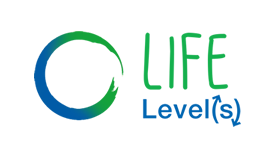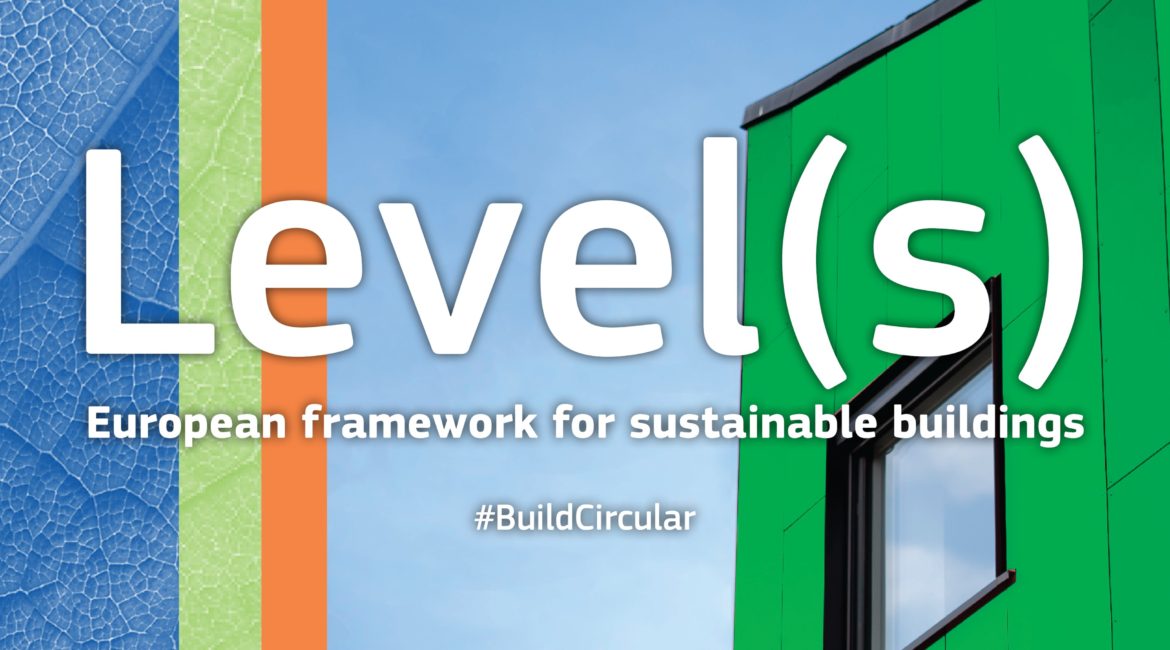On the 15th of October, the European Commission officially launched Level(s) as a new European framework for sustainable buildings. As the European Green Deal is looking towards improving health and wellbeing of European citizens, Level(s) has been developed as a set of guiding principles in improving the sustainability of buildings from the life cycle perspective, including the transition towards circular economic models.
Facing the fact that built environment is responsible for 36% of EU’s greenhouse gas emissions from energy, and that the whole life cycle consumes great amounts of energy, and more than half of all extracted materials, a framework such as Level(s) is paramount in turning attention towards buildings performances.
By designing and constructing buildings with a whole life cycle in mind, less energy and materials would be used in the process, with more comfortable spaces and less environmental impact achieved. That’s why Level(s) is focused on the most significant aspects of building’s performance, in comparing data and results across different building performance rating systems.
Such a shift, carried out by the Commission and its Directorate General for the Environment (DG ENV), puts LIFE Level(s) project at the forefront, as a significant actor in promoting the values within Level(s). Funded by LIFE Program, LIFE Level(s) looks to align the most recognized European certification schemes with Level(s) criteria. Additionally, in the coming period, LIFE Level(s) is building towards integrating national public procurement practices with Level(s) indicators.
Proud of the official launch of Level(s) by the Commission, LIFE Level(s) project, now strengthened, continues its work in mainstreaming sustainable buildings across Europe and spreading the awareness about the value of whole life cycle of buildings.
#LIFELevel(s)
DG ENV on Level(s): https://bit.ly/2T0Qtus





